










Personal collective of ideas, thoughts and notes











Here is a table of carb and sodium sources for various products available to purchase. This is helpful if you want to understand the carb source, electrolyte content and also the volume or weight for endurance events.
| Product | Type | Amount | Serving | Carbs | Sodium | Calcium | Potassium | Magnesium | Sugar | Fiber | Caffeine | Main Ingredients |
| Saltstick Chews | Chewable Tablet | 1 Tablet | 1 Tablet | 1g | 50mg | 1mg | 3mg | 1g | ||||
| Saltstick Capsuals | Capsual | 1 Cap | 1 Cap | 215mg | 22mg | 63mg | 11mg | |||||
| SIS Sodium Gel | Gel | 1 Gel | 60ml | 22g | 300mg | 0.7g | ||||||
| SIS Regular Gel | Gel | 1 Gel | 60ml | 22g | 10mg | 0.6g | ||||||
| Tailwind Caffine | Powder | 1 Scoop | 27g | 25g | 310mg | 27mg | 90mg | 12mg | 25g | 35mg | Dextrose, Sucrose, Citric Acid, Sodium Citrate, Magnesium Oxide, Caffine | |
| Tailwind Regular | Powder | 1 Scoop | 27g | 25g | 310mg | 27mg | 90mg | 12mg | 25g | Dextrose, Sucrose, Citric Acid, Sodium Citrate, Magnesium Oxide | ||
| SIS Beta Fuel Chew | Bar | 1 Bar | 60g | 46g | 100mg | 41g | 2.2g | Glucose (36%), Fructose (29%) | ||||
| Precision Hydration PF1000 | Dissolvable Tablet | 1 Tablet | 6g | 3g | 500mg | 20mg | 130mg | 10mg | 2g | |||
| Nuun Sport | Dissolvable Tablet | 1 Tablet | 4g | 300mg | 13mg | 150mg | 25mg | 1g | ||||
| Gatorade Endurance Powder | Powder | 1.5 Tbsp | 24g | 22g | 300mg | 140mg | 0mg | 13g | Sugar, Malto, frustose, citric acid, sodium citrate, etc. | |||
| Gatorade Endurance Bottle (24oz) | Premixed Drink | 1 Bottle (24oz) | 24oz/720ml | 44g | 620mg | 280mg | 26g | Sugar, Malto, frustose, citric acid, sodium citrate, etc. | ||||
| Gatorade Normal | Powder | 1.66 Tbsp | 23g | 22g | 150mg | 50mg | 21g | Sugar, Dextrose, Citric Acid, Sodium Citrate | ||||
| LMNT | Powder | 1 Pack | 6g | < 1g | 1000mg | 200mg | 60mg | Salt (Sodium Chloride), | ||||
| Maurten Gel 100 | Gel | 1 Gel | 25g | 25g | 85mg | 25g | Water, Glucose, Fructose, Calcium Carbonate, Gluconic acid, Sodium Alginate. | |||||
| Maurten Gel 100 CAF | Gel | 1 Gel | 25g | 25g | 22mg | 25g | 100mg | Water, Glucose, Fructose, Calcium Carbonate, Gluconic acid, Sodium Alginate, Caffine |
| Energy product format | Pros | Cons |
|---|---|---|
| Carb (“Isotonic”) drinks | + Useful for short-to-moderate duration activities (~45 mins-2 hrs) | – Unlikely to meet your fluid and electrolyte needs over ~2 hrs (especially in the heat) |
| + Require no chewing, little digestion | – Reduces the flexibility of your fueling strategy | |
| + Replaces some of the fluids and sodium lost in your sweat, mitigating the risk of dehydration | – Some people don’t like the sweet taste | |
| Gels | + Easy to carry a large amount of carbs efficiently | – Some athletes find they become sickly or unpleasant (“flavour or texture fatigue”) if over-consumed |
| + Efficient when your hydration needs are proportionally lower than your energy needs | – Many athletes just can’t “stomach” gels | |
| – Not ideal when simply opening the packets is tricky because you don’t have full use of your hands (e.g. when kayaking) | ||
| Chews | + Can be more ‘satisfying’ than gels during longer races at lower intensities | – Not ideal when you’re exercising at a high enough intensity to make chewing and swallowing an issue |
| + A viable alternative for anyone who doesn’t get on well with gels | – Not ideal when simply opening the packets is tricky because you don’t have full use of your hands (e.g. when kayaking) | |
| + Excellent energy-to-weight ratio | ||
| Bars | + They often contain protein, fat and fibre (unlike drinks, gels and chews), so are generally a lot more satisfying to eat | – Better suited to ultra-distance events, where it’s possible to eat them because you’re moving at a slower pace |
| + They take longer to digest and absorb, so their energy can be released more slowly, which may be an advantage at lower intensities | – They tend to need to be washed down with fluid | |
| + Can double up as a good pre or post-workout snack |
This is another blog post of a series around the enterprise mobility IT team at SAP. We are an internal team focused on managing mobile devices, mobile applications, and developing custom apps for SAP’s 110,000 employees. I believe we have some unique stories, software, tools, and insights to help others in the community considering, or currently undertaking, some of the challenges which surround mobility and its adoption in the enterprise. As an SAP champion, I enjoy sharing and promoting my experiences and knowledge with others through the SAP Community, if you enjoy this post, check out some of my past content.

Introduction
A few weeks ago I gave a presentation on “Why apps matter …” for an annual internal SAP event called SAP Worx. These presentations highlight some of the important internal tools which IT develops to help our employees in their daily lives. While this was internally focused, I felt it could be beneficial to share some of the details and content behind what, we as a team, are focused on from a mobility perspective.

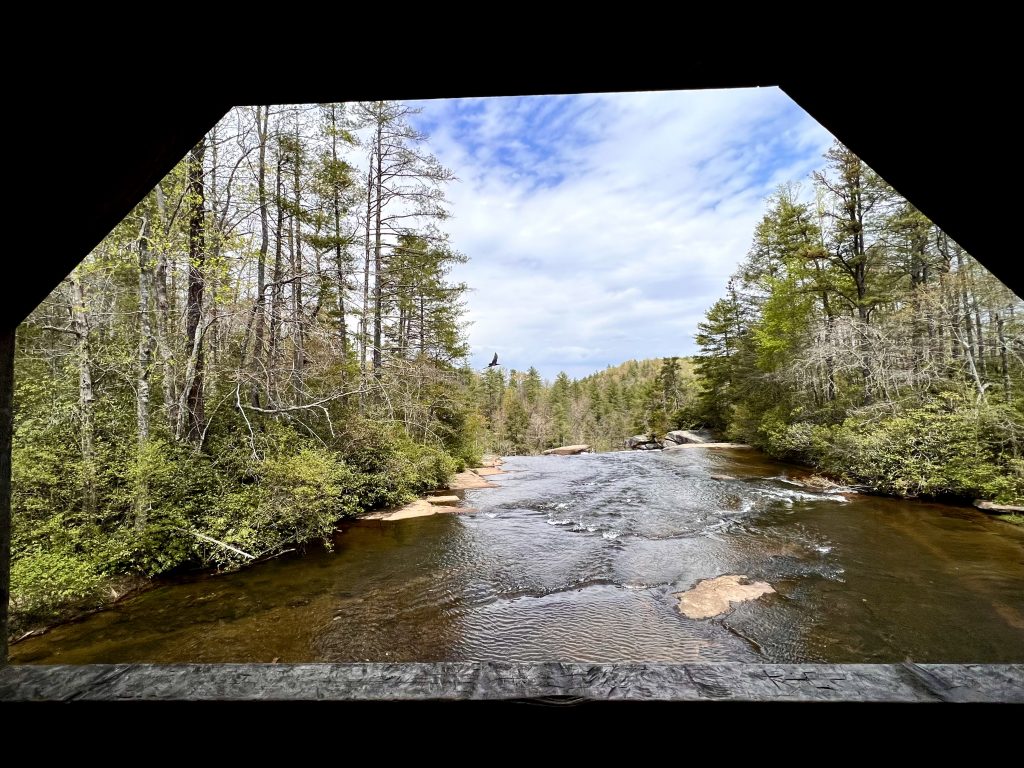
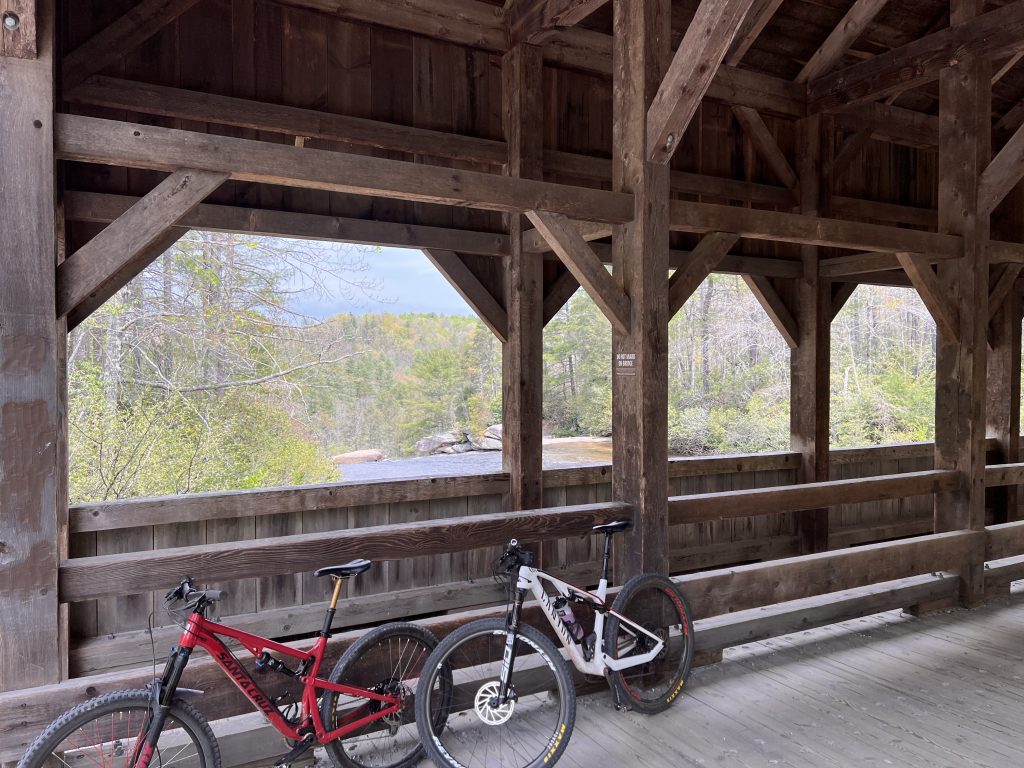
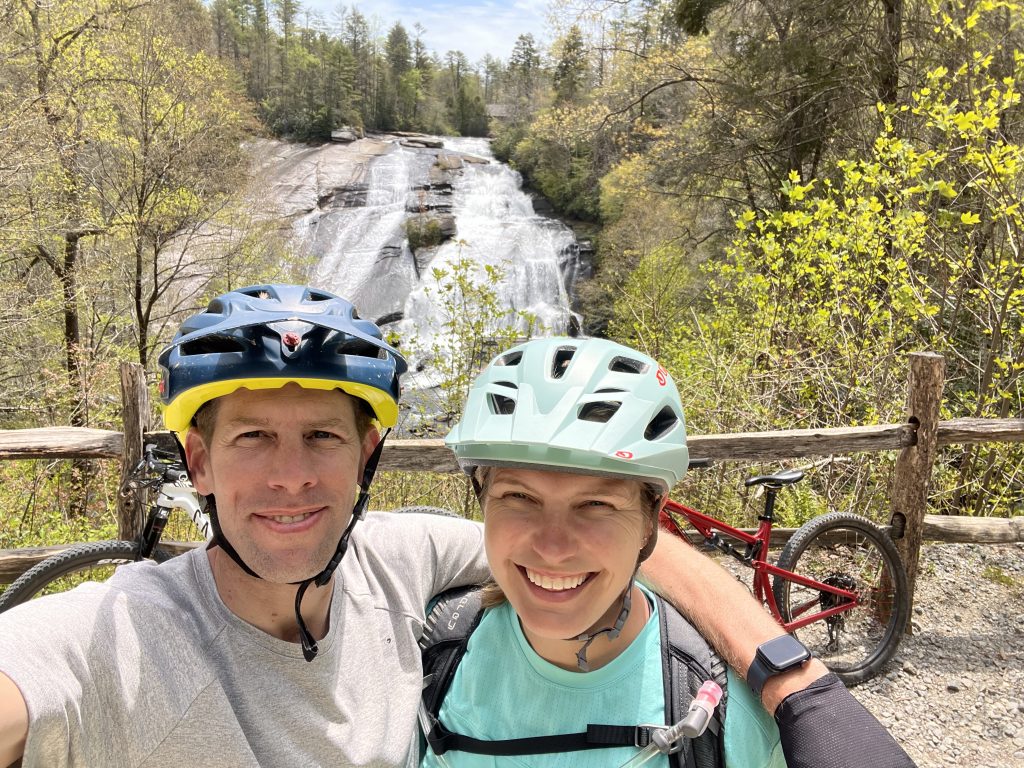










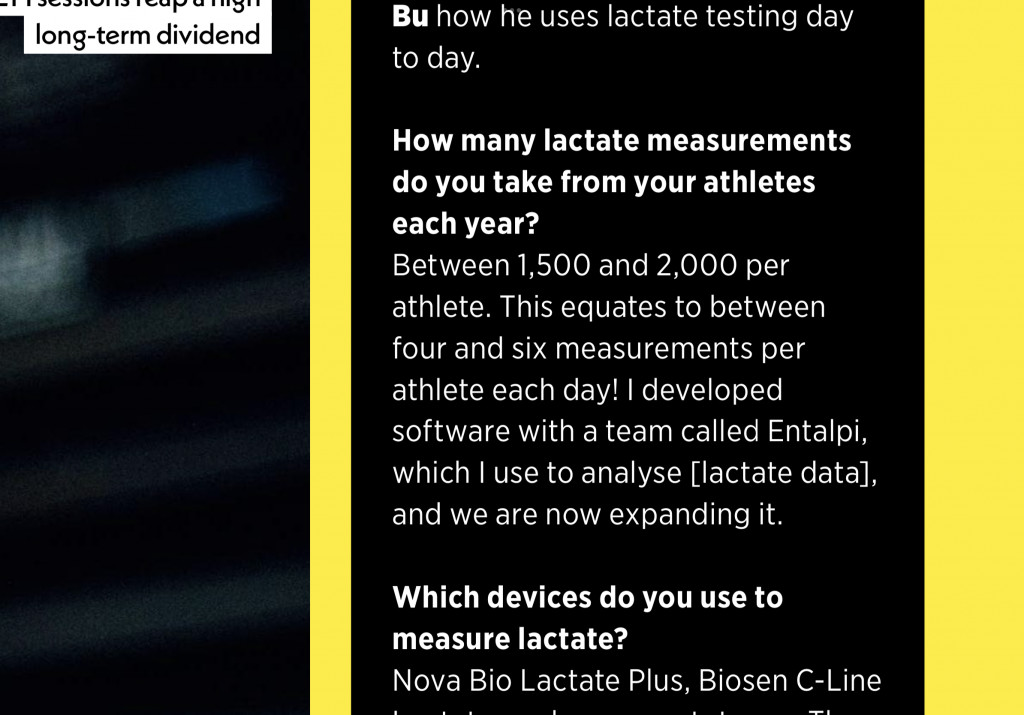
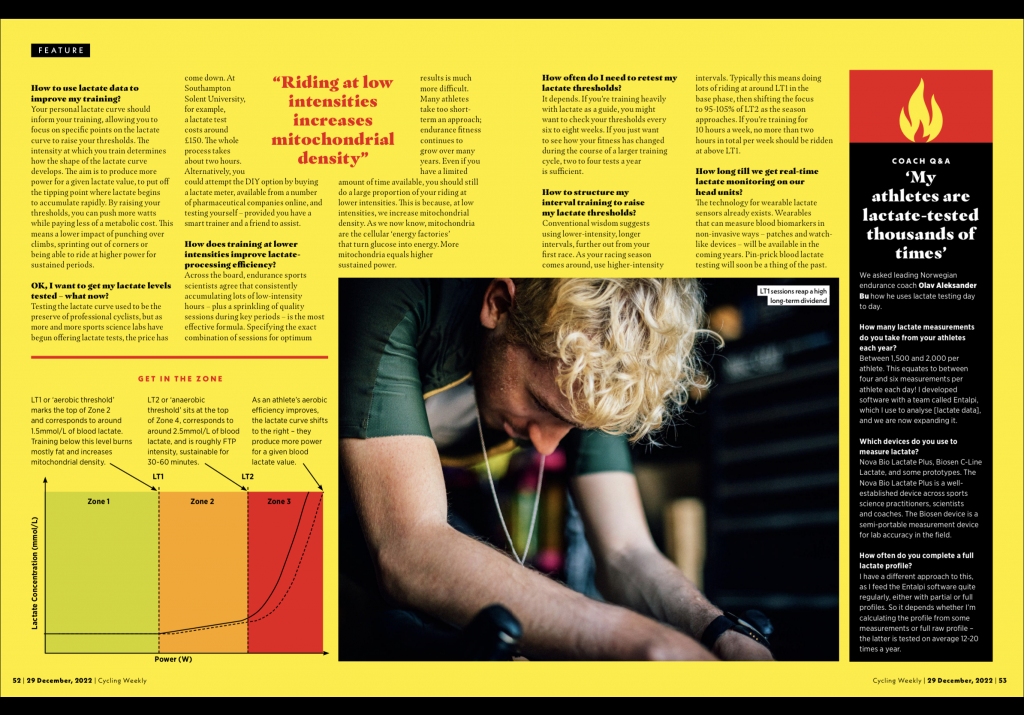
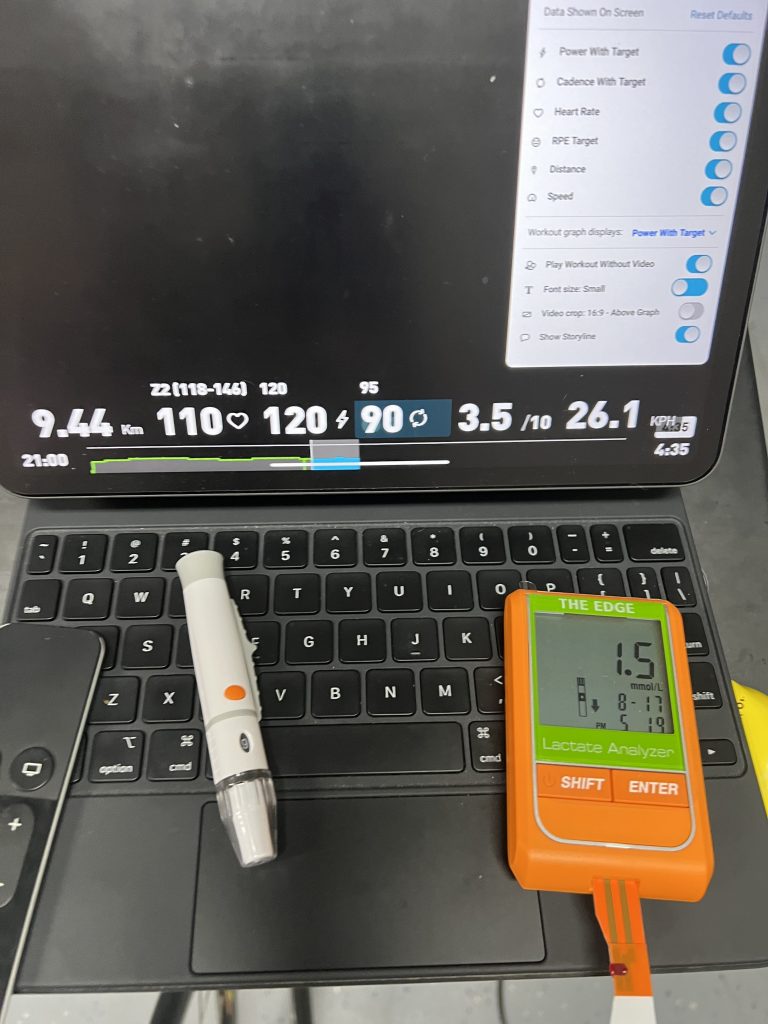

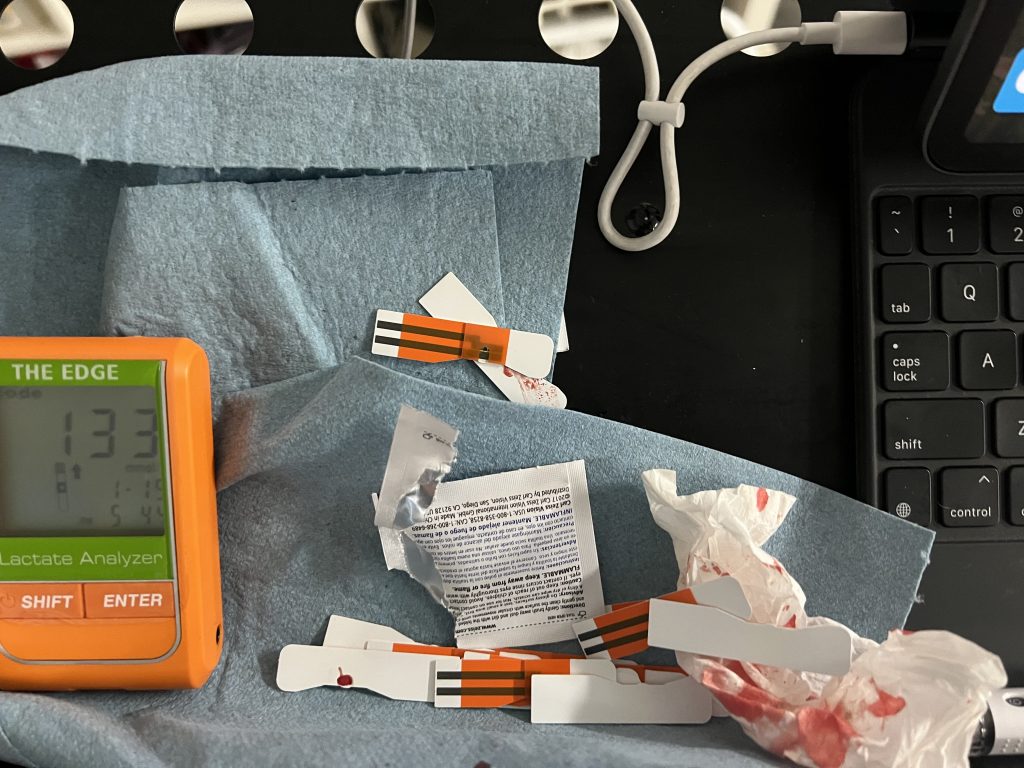
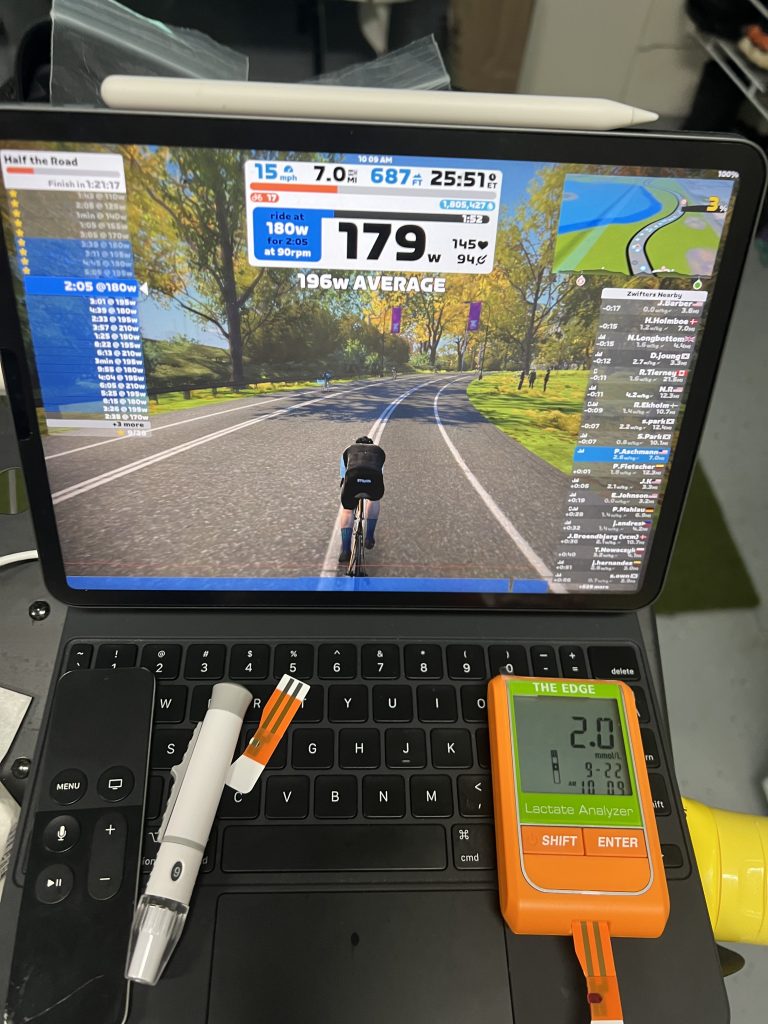
How to perform a DIY Test: https://www.youtube.com/watch?v=MYA8gzF9Zd8
Do not perform a test if you base (i.e. before exercising) is greater than ~ 1.8 mmol/L. Spin easy for 15 mins and try to get it down before starting the ramp test. Otherwise, don’t waste the test strips.


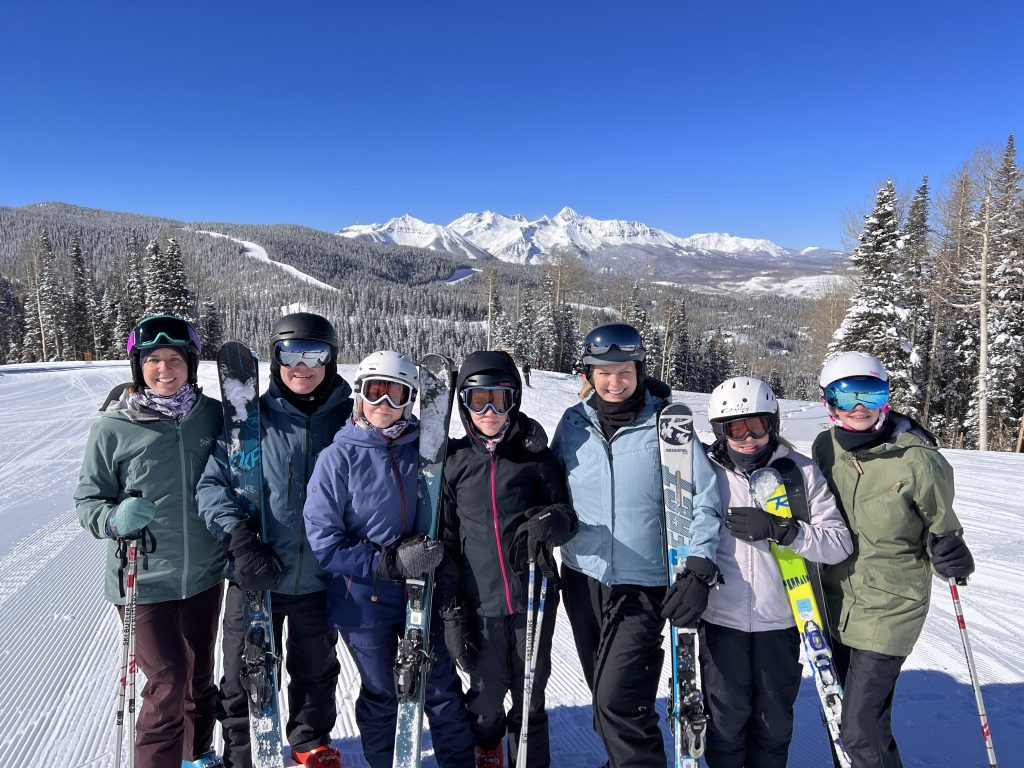

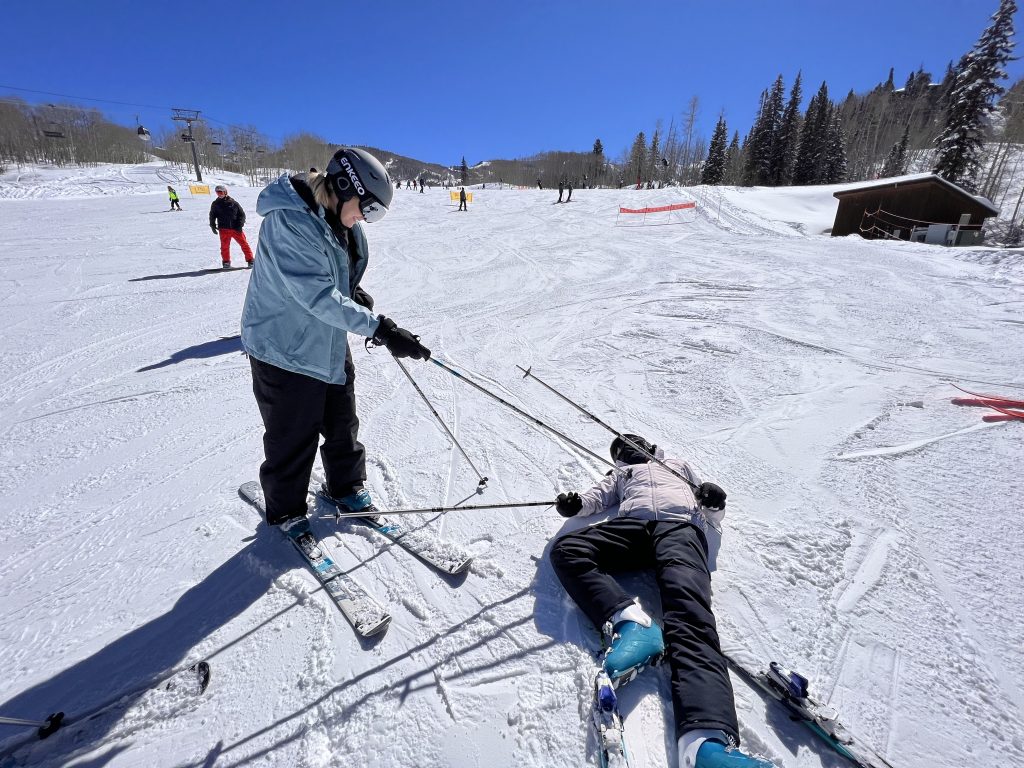





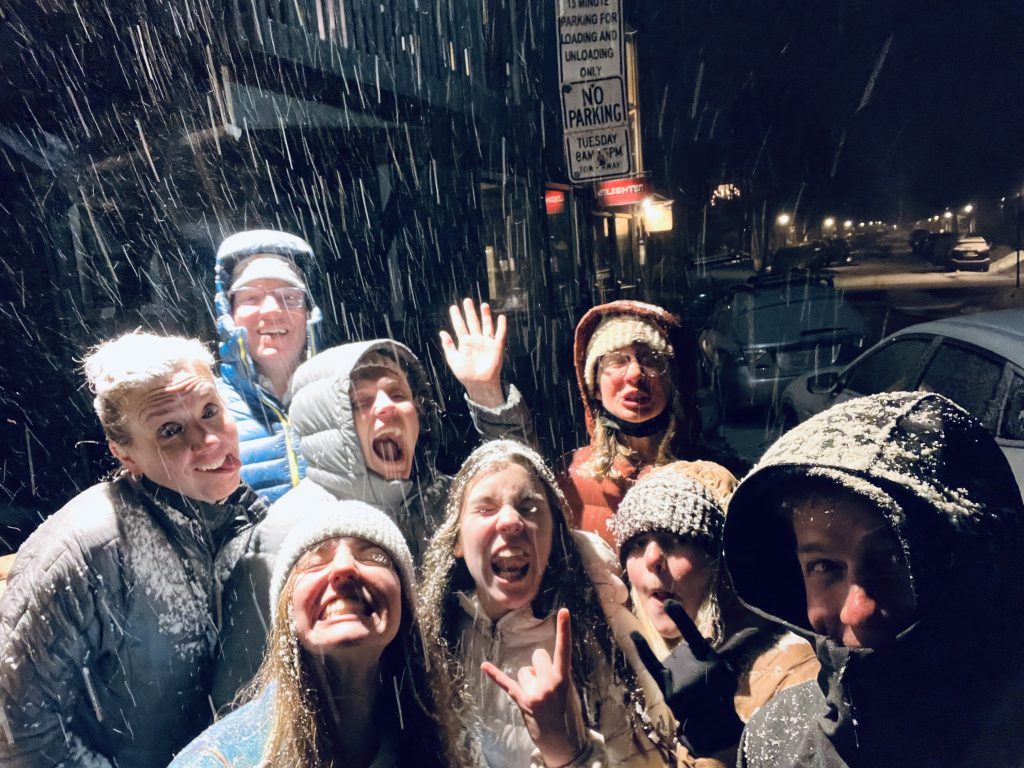

My first promotion of a project on ProductHunt.com was changd.app. The site is invaluable as a free, self promotion, marketing platform for both products you launch, and discovering what others are focused on.

This was a fun 3D Printing project I threw together when I needed a mount for my Garmin 530 on my Canyon MTB. The Canyon mounts were out of stock and backordered for months, so I designed and printed a clone.




You must be logged in to post a comment.